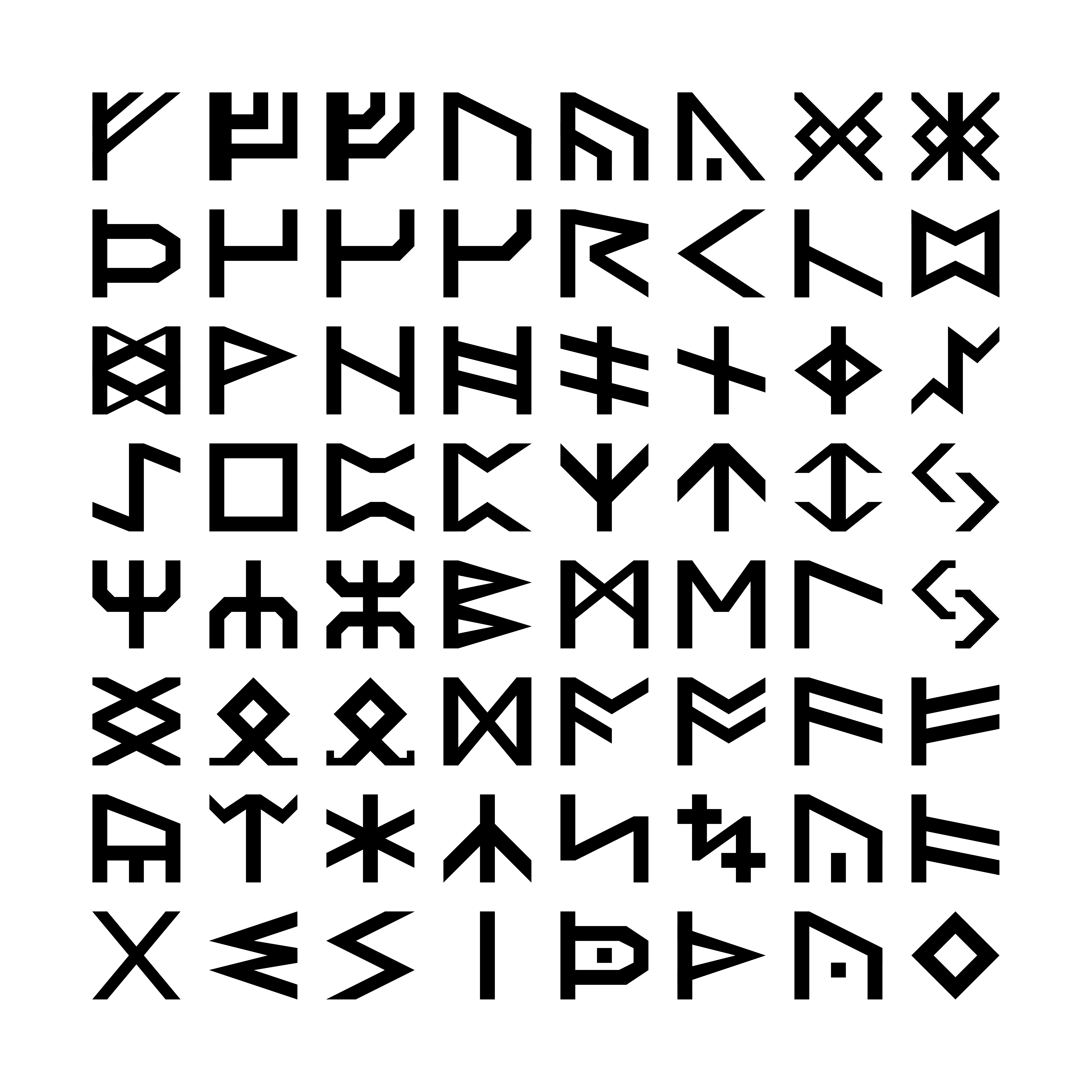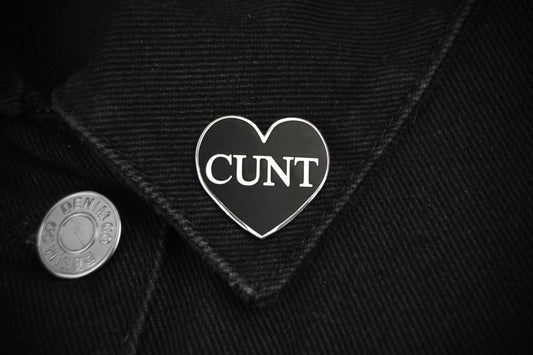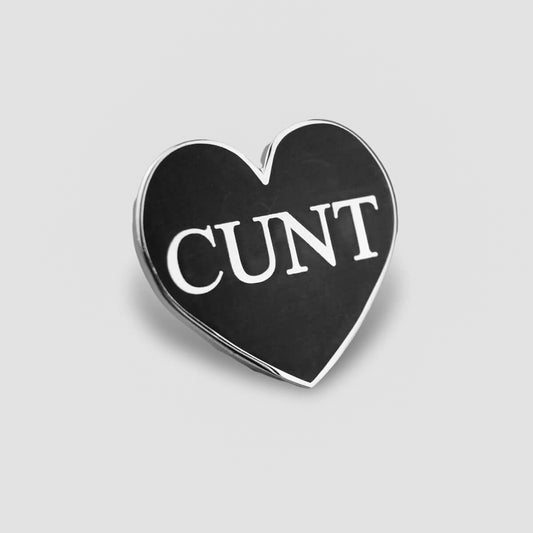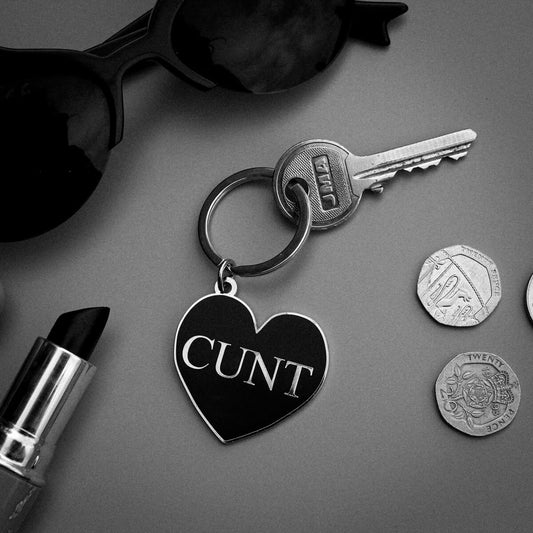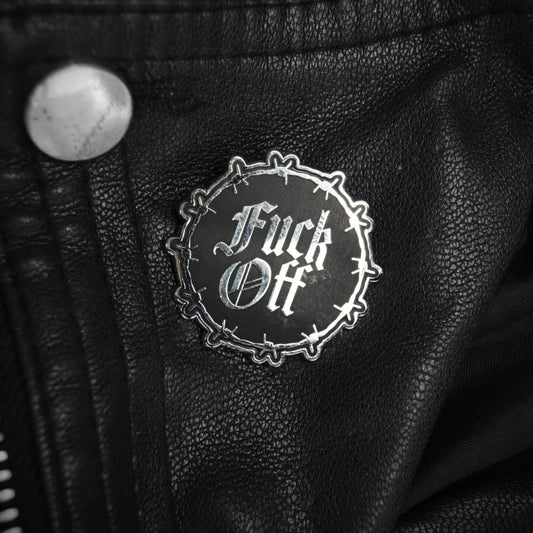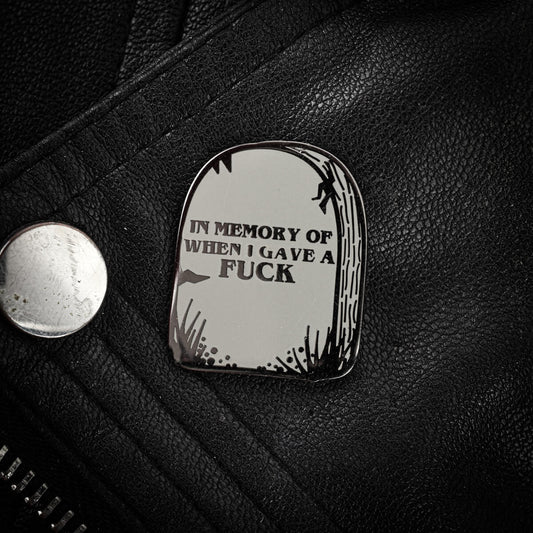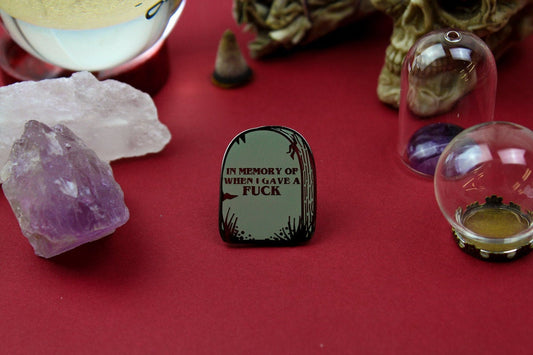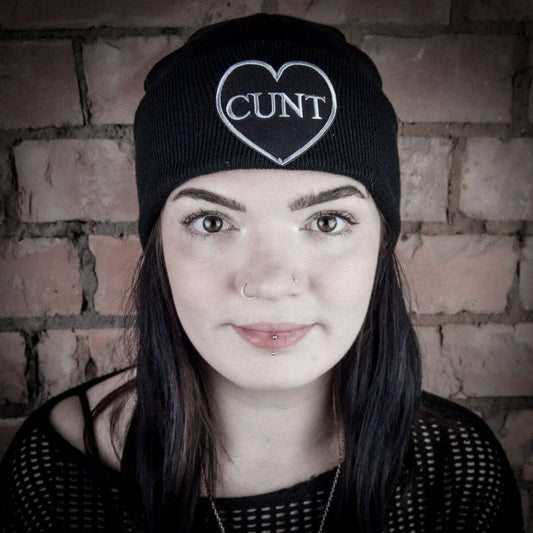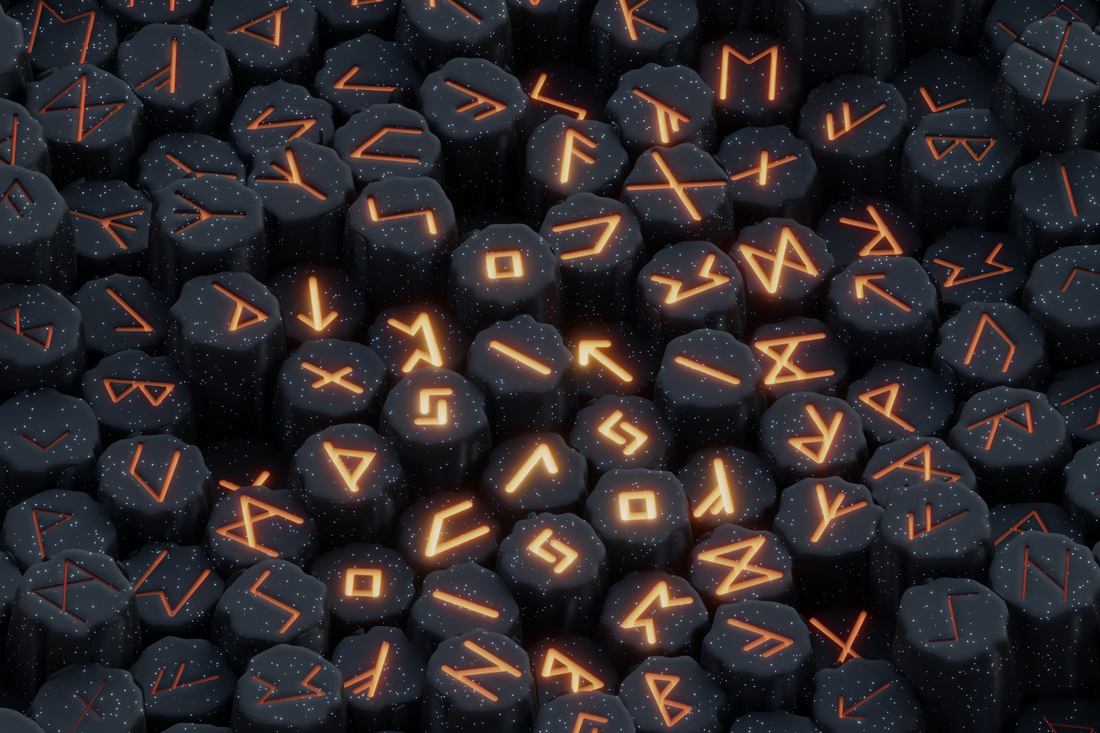
How Do Occultists Use Symbolism in Their Rituals?
Share
Forget fancy spells or spooky rituals. In the world of occult practices, symbols are kind of like a cheat sheet. These aren't just random pictures – they're powerful tools that help practitioners navigate unseen forces, understand mysterious messages, and tap into the energy of the universe itself. This article will examine the codes of occult symbolism, showing you how it acts as a bridge between your intentions and deeper mystical understanding.
From the subtle dance of tarot cards to the intricate geometry of ritual tools, every symbol carries layers of meaning, woven into the fabric of ancient traditions and contemporary spirituality. Ready to learn more? Let’s go...
What Is Symbolism and Why Is It Important in the Occult?
Symbolism in occult rituals represents a language that goes beyond the spoken or written word, exploring deep into the subconscious and spiritual. Occultists use symbols as pathways for intention, with each sigil, rune, or gesture infused with multiple layers of meaning and power. The pentagram, a symbol of protection, or the complex designs of a sacred circle, act as visual invocations, directing the forces of the invisible.
Aleister Crowley, a prominent figure in modern occultism, believed that symbols are the keys to the inner mechanics of the mind and the cosmos. In rituals, these symbols function as connectors between the physical and the spiritual, focusing the practitioner’s concentration and harmonising energies with spiritual entities.
Through the use of symbolism, occultists orchestrate the delicate balance between the visible and the invisible, crafting a framework of significance and influence in their practices.
How Are Symbols Chosen for Rituals?
In occult rituals, selecting symbols is a considered and complex task, stitching together ancient traditions, personal connections, and hidden meanings. Occultists tap into a broad array of symbols, from alchemical glyphs to astrological signs, each imbued with deep-seated wisdom.
This choice is closely linked to the practitioner’s goals, matching symbols with the energies they aim to summon or the spirits they intend to reach. Commonly, the use of sigils, which are symbols created to embody the practitioner's specific wishes, represents a concentrated form of their intentions.
Tools for divination such as tarot cards or runes might also influence which symbols are chosen, revealing those that align with the practitioner's spiritual path. This deliberate mix of tradition, instinct, and symbolic language creates a powerful network through which occultists forge significant ties with the spiritual forces they wish to connect with.
What Are Some Common Symbols Used in Occult Rituals?
Occult rituals are adorned with a huge number of symbols, each carrying profound meanings, and each borrowed from different cultures and times.
| For example, the most famous (or infamous) of these is the pentagram, a five-pointed star, which most people are surprised to learn actually symbolises protection and the elements. | |
| Runes, ancient Norse symbols, channel primordial energies and wisdom. The Icelandic Ægishjálmur, or Helm of Awe, is a runic stave associated with protection and might. | |
| The Eye of Horus, an Egyptian symbol, represents protection, royal power, and good health. | |
| The ankh, an Egyptian cross with a loop, signifies life and immortality. | |
| Baphomet, a complex symbol with roots in alchemy and mysticism, embodies duality and transformation. |
Each symbol serves as a conduit, connecting the practitioner with specific energies, intentions, or entities, enriching the ritual with layers of meaning that transcend the mundane. In the dance of these symbols, occultists orchestrate a language of the mystical, creating a sacred dialogue with forces beyond the veil.

How Do Symbols Vary Across Different Occult Practices?
Symbols in occult practices form an extensive and varied collection, spanning different cultural and mystical landscapes. Their meanings can vary, adopting new nuances across diverse traditions.
For example, a symbol common in one tradition may have a completely different importance in another. This variety is especially noticeable in runes from Norse traditions, used for purposes that range from divination to summoning ancient forces. These symbols, whether rooted in age-old traditions or part of modern practices, hold significant meanings, enhancing the complex fabric of occult rituals. They represent a deep blend of hidden knowledge, where each sigil and glyph crafts its own story, crossing cultural divides and enriching the spiritual exploration within occultism.
What Is the Role of Geometry in Occult Symbolism?
Geometry holds a special role in occult symbolism. Sacred shapes like circles, triangles, and pentagons are prevalent, each laden with significance.
The circle, symbolising unity and eternity, often represents the cyclic nature of existence. Triangles embody the trinity or the union of opposites. Pentagons, encapsulating the mystical Pentagram, connote spiritual balance. The Flower of Life, an intricate geometric pattern, symbolises creation and interconnectedness.
These geometric shapes are not chosen at random; they are selected with purpose, in line with ancient mystical principles. In rituals, practitioners use geometric symbols to connect with universal energies and call upon metaphysical forces, employing the language of shapes to reach hidden realms and establish a link between the physical and spiritual worlds.
Through these forms, they create pathways that facilitate a deeper interaction with the unseen, enhancing their spiritual practice by bridging the gap between tangible and intangible aspects of reality.

How Are Symbols Used in Ritual Tools and Altars?
Occultists use symbols deliberately on ritual tools and altars, charging each item with esoteric meaning to enhance the effectiveness of their practices.
Altars are central points, decorated with symbols that reflect the practitioner's objectives. Ritual tools such as athames, chalices, and wands typically feature inscriptions or carvings of symbols pertinent to the results they seek. For instance, a pentagram etched on an athame may represent protection, while an ankh on a chalice might denote life and vitality.
These symbols act as channels for energy, linking the practitioner to the forces they aim to utilise. The thoughtful choice and placement of symbols on altars and tools shape the ritual's story, creating a sacred environment where the language of symbols interacts with the invisible, aiding the realisation of spiritual goals.
Are Symbols Used in Occult Texts and Manuscripts?
Symbols are vital in occult texts and manuscripts, where they are layered with deep mystical meanings, forming a visual language for those who practice the occult.
These documents, including grimoires (a book of spells) and ancient scripts, are filled with complex symbols, glyphs, and sigils, each with precise intentions or links to metaphysical realms. These symbols act as keys to unveiling hidden wisdom, guiding rituals, or summoning spiritual beings. The study and interpretation of these symbols are essential for understanding the secrets found within occult writings.
How Do Symbols Relate to Occult Theories and Beliefs?
Symbols act as a visual conduit between the physical and the metaphysical within the sphere of occult theories and beliefs. In occultism, symbols are far from mere embellishments; they are bearers of deep meanings and linkages to esoteric principles.
Each symbol, be it a pentagram, an ankh, or an astrological glyph, carries distinct energies, archetypes, or cosmic forces. These symbols are crucial for articulating and conveying occult teachings, capturing concepts such as alchemy, astrology, and ritual magic. Adopted by various mystical traditions, symbols form the means through which occultists express complex spiritual ideas, creating a visual language that surpasses the boundaries of conventional expression.
How Are Symbols Used in Divination and Magick?
Occultists use symbols in divination and magick as keys to unlock hidden wisdom and control spiritual energies. Whether engraved on tarot cards, crafted into sigils, or integrated into complex patterns, each symbol resonates at a specific frequency, enabling the adept to align with particular states of consciousness or to call upon spiritual beings for help. In rituals, symbols serve as central points, enhancing the practitioner's focus and linking them to the archetypal energies these symbols embody.
Whether they’re using symbols for scrying (which means seeing into the unconscious mind) or embedding them in spellwork through intricate visuals, occultists engage in a dynamic interaction with the symbolic realm.
In both practices, symbols act as mediators, connecting the practitioner to deeper, often unseen layers of existence. They serve not only as focal points for concentration but also as portals to different states of consciousness and metaphysical dimensions. Through these symbols, occultists manipulate the energies around them, aiming to achieve desired outcomes in the physical world.

Do Symbols Have Universal or Personal Meanings?
Symbols in occult practices maintain a fine balance between being universal archetypes and having deeply personal meanings.
While some symbols, like the pentagram or the Eye of Horus, are widely recognised across occult traditions, their interpretations can vary greatly depending on the person. Occultists often charge symbols with personal intentions, transforming them into channels for their unique spiritual paths. The universal characteristics of these symbols provide a common language for practitioners, promoting a sense of collective understanding. However, the personal aspect permits tailored and subjective experiences.
In this two-fold nature, symbols act as connectors between the collective unconscious and individual consciousness, opening a space where universal and uniquely personal elements coalesce. This interaction fosters a rich mosaic of meanings, allowing practitioners to draw on both communal traditions and their own personal stories as they explore the domains of mysticism and magic.
How Do Occultists Interpret Ancient and Foreign Symbols?
Occultists treat ancient and foreign symbols with deep respect, valuing the wisdom that the various cultures have embedded within these icons.
When dealing with symbols that have historical significance or originate from various societies, practitioners like to immerse themselves in the cultural, religious, and mythological backgrounds of these symbols. They aim to understand the complex meanings, recognising that symbols are imbued with significance that has evolved over centuries. This process of interpretation usually involves a thoughtful examination of the symbolic vocabularies of different civilisations, combining academic research with intuitive understanding.
Occultists believe that engaging with the wisdom of ancient and foreign symbols enhances their practices, creating stronger connections to the collective spiritual legacy of humanity. This cross-cultural study demonstrates an appreciation that symbols, akin to keys, can open doors to deep insights when explored with curiosity, respect, and an acute sensitivity to cultural details.
Are There Ethical Considerations in Using Certain Symbols?
Yes, and occultists are aware of the potential impacts and cultural sensitivities associated with certain symbols, and they strive to use symbols responsibly to avoid cultural appropriation or harmful misinterpretations.
Before using symbols in rituals, practitioners usually engage in extensive research to grasp their historical and cultural backgrounds fully. There is also a strong commitment to choosing symbols that resonate with positive, transformative energies while steering clear of those linked to negative implications. This ethical mindfulness signifies a responsible and thoughtful approach to symbolism, acknowledging the influence these symbols have on the practitioner's awareness and the energies summoned during rituals.
By prioritising ethical considerations, occultists aim to ensure that their employment of symbols not only respects cultural boundaries but also promotes positive spiritual advancement, fostering a practice rooted in respect and sensitivity.

How Have Symbols Been Misappropriated or Misunderstood?
Symbols in the occult are often misappropriated and misunderstood, which has led to widespread misconceptions and stereotypes.
For example, the Eye of Providence, which originally symbolises divine oversight, is frequently misassociated with conspiracy theories about the Illuminati or the New World Order. Similarly, the Cross of Saint Peter, the pentagram, and Baphomet are sometimes mistakenly tied solely to Satanism, despite their rich historical significance.
These misinterpretations underscore the necessity for accurate knowledge and contextual understanding when engaging with occult symbols. In their rituals, occultists work to educate on and rectify these misconceptions, highlighting the broad spectrum of symbolism and its diverse interpretations across various spiritual traditions. Through such efforts, they emphasise the complex and nuanced nature of these symbols beyond the simplistic and often erroneous associations found in popular culture.
Do Modern Practitioners Adapt or Create New Symbols?
Yes, modern occult practitioners often participate in a dynamic process of adapting, evolving, and sometimes creating new symbols to articulate their spiritual concepts. This adaptive method is shaped by the shifting cultural landscape and the necessity for symbols that resonate with contemporary experiences.
In rituals, practitioners often combine traditional symbols with modern elements, creating a blend that mirrors their unique beliefs and perspectives. Additionally, new symbols may naturally arise within occult communities, acting as potent instruments for both personal and collective transformation.
This creative reinterpretation ensures that occult symbolism continues as a living, evolving language, constantly enriched by the currents of time and the varied influences of the modern world. This ongoing evolution helps keep occult practices relevant and deeply connected to the present-day spiritual landscape.
What Is the Future of Symbolism in Occult Rituals?
The future of symbolism in occult rituals presents an intriguing path as practitioners increasingly bridge the gap between tradition and innovation.
As technology advances and globalisation continues, occult symbolism is expected to incorporate more and more modern cultural influences, broadening the range of symbols used in rituals. Virtual and augmented reality technologies might add new dimensions to ritual spaces, introducing innovative symbolic elements. Furthermore, the growth of online occult communities and digital platforms will likely influence the development and spread of symbolic language.
As occultism becomes more inclusive, we anticipate a more varied array of symbols, reflecting a global and interconnected spiritual world. The interaction between ancient wisdom and modern contexts is set to shape the continued evolution of symbolism in occult practices, promising a dynamic future that honours the past while innovating for the future.
